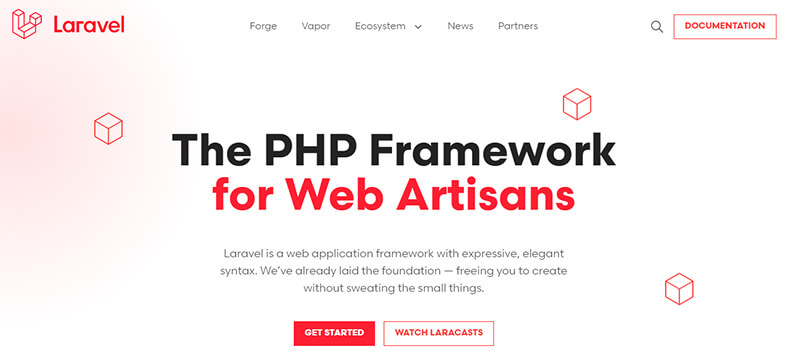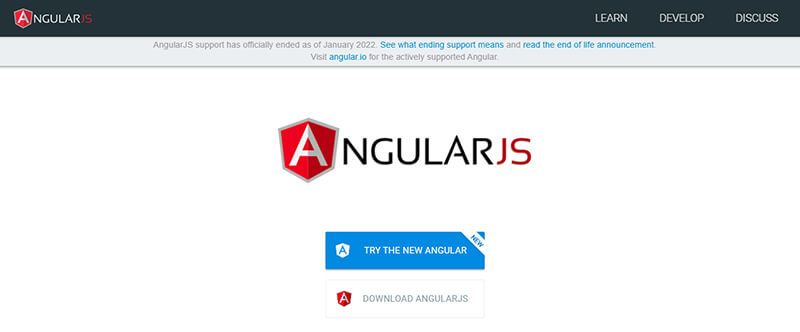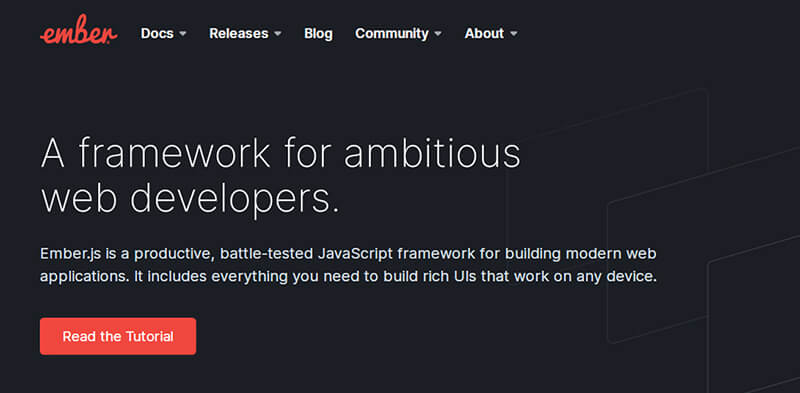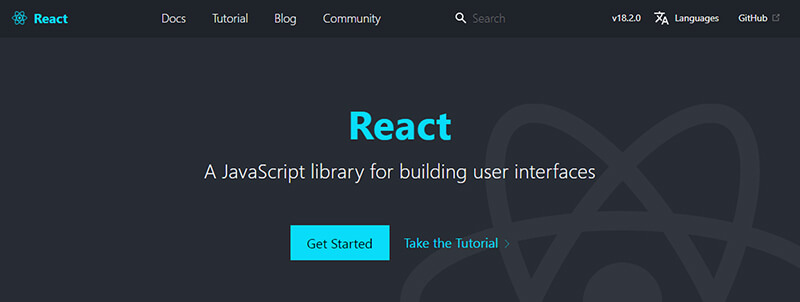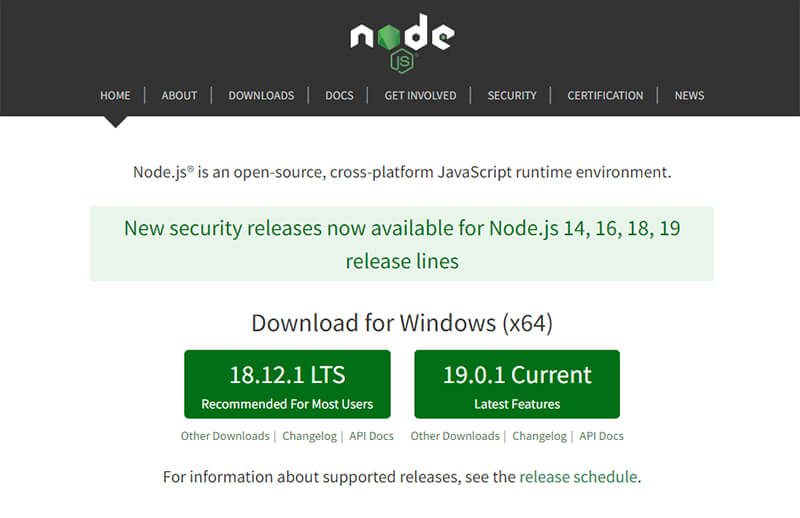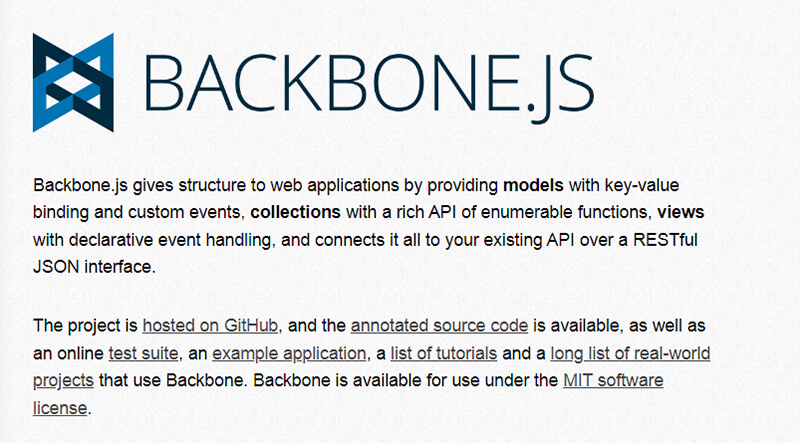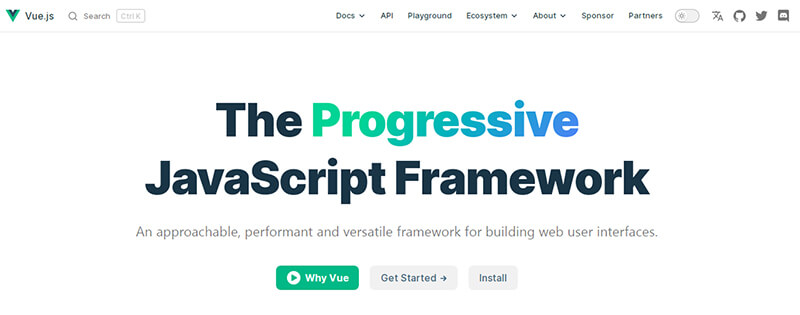Web development frameworks are software programs that provide developers with a common set of tools and libraries to build web applications. These frameworks are used in a variety of contexts, such as enterprise development, open source projects, and even individual projects.
Frameworks take care of the low-level tasks of building a web application, freeing developers from having to worry about them. They can be used to quickly build websites that have similar features, or they can be used to create large-scale applications with complex functionality. Time management can be very efficient with a web application framework.
In this article, we will look at some popular web development frameworks that you may want to consider using in your business in 2023.
1. Laravel
Laravel is a web application framework for PHP Performance. It’s used by many popular web development companies, including Zendesk and Mavens.
Laravel has taken the PHP community by storm because of its simplicity and ease of use. It offers an easy-to-use, yet powerful, full stack framework that can be used as a base for any project.
Laravel is also very popular with developers who like to work on large projects or have more complex needs than smaller projects but don’t want to switch to something like Symfony or CakePHP. This is because Laravel is designed to be very extensible, so you can add new features and functionality without creating a lot of code.
2. AngularJS
Angular is an MVC (Model View Controller) framework that has been developed by Google, starting in 2009. It is currently used by many companies such as Google, PayPal and LinkedIn to build large applications with single code base.
3. EmberJS
EmberJS is a JavaScript framework designed for building ambitious web applications. It uses a model-view-view model architecture to organize data binding and communication between components in an application.
4. ReactJS
React JS is an open source JavaScript library for building user interfaces with JavaScript. The library was created by Facebook developers in 2013 after its design was inspired by the Flux architecture used by Facebook apps at that time (meaning it’s not a pure MVC framework). You can use this tool to take advantage of social media sites like Facebook, Twitter, and Instagram.
5. js
Node.js is JavaScript’s server-side runtime environment that allows developers to build high-performance network applications.
Node.js is a great choice for building scalable web apps because of its high performance, ease of use and scalability. Node.js is one of the fastest growing languages in terms of popularity and adoption because of its easy learning curve, low barrier to entry and stability over other technologies (like PHP).
The Node.js community has created a large number of packages that can be used to enhance your business application’s functionality like real-time updates, server-side rendering, caching, etc.
6. BackboneJS
BackboneJS is an open source library for JavaScript that simplifies creating rich Internet applications by allowing you to build models with data-attached properties, collections with enumerable properties and views which are rendered dynamically into the DOM from templates. This makes it easy for you to organize your code into modules which can then be configured and shared between different applications or projects.
7. js
Vue.js is a progressive framework for building user interfaces. It’s designed to be simple and flexible, and it provides a rich ecosystem of tools and components that enable you to create amazing UIs with minimal effort.
Vue.js is the most popular framework for developing Single Page Applications (SPAs) on the web, with over 1 million downloads per month.


